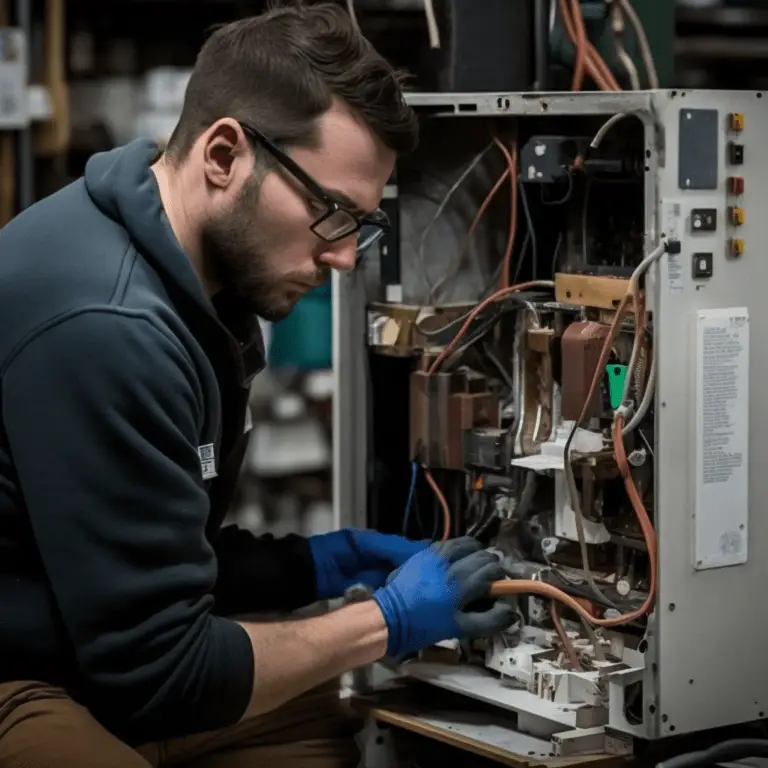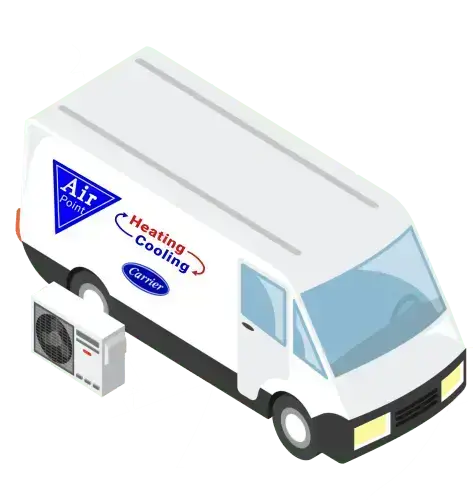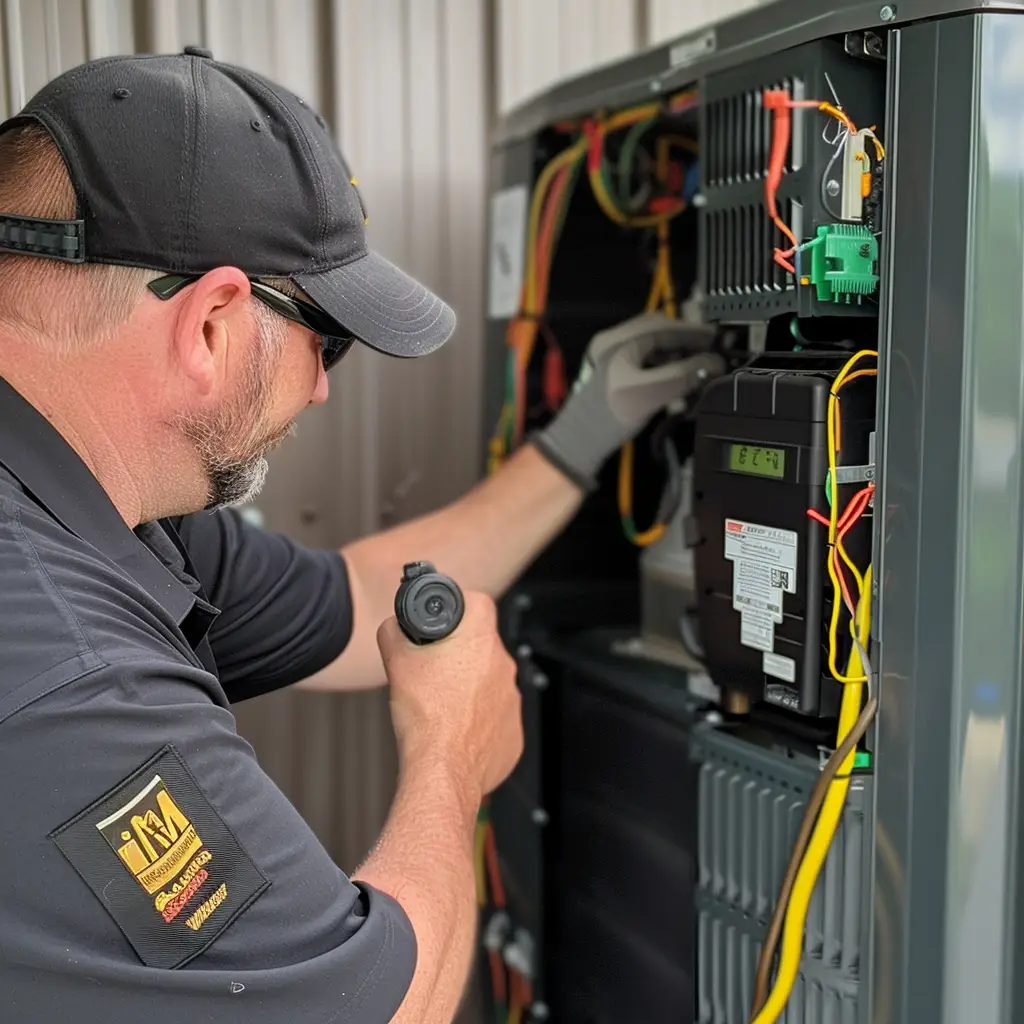Duct leaks are a common issue that can lead to reduced energy efficiency, increased utility costs, and compromised indoor air quality. Recognizing the signs of duct leaks and knowing how to detect them can help you address these issues before they become more significant problems.
In this article, we will discuss common signs of duct leaks and methods for detection.
Common Signs of Duct Leaks
1. Uneven Temperatures
One of the most noticeable signs of duct leaks is uneven heating or cooling in different rooms of your home. If some rooms feel warmer or cooler than others, it could indicate that air is escaping through leaks in the ductwork.
2. Increased Energy Bills
Duct leaks can cause your heating and cooling system to work harder, which can result in higher energy bills. If you notice a sudden increase in your utility costs without a change in your usage habits, it could be due to duct leaks.
3. Dusty Rooms
Leaky ducts can allow dust and other airborne particles to enter your home, causing rooms to become dustier than usual. This can be particularly noticeable on surfaces near the air vents.
4. Poor Indoor Air Quality
As mentioned earlier, duct leaks can introduce dust, allergens, and other pollutants into your home’s air. This can lead to poor indoor air quality and exacerbate allergy symptoms.
Detection Methods for Duct Leaks
1. Visual Inspection
Start by conducting a visual inspection of your ductwork, focusing on areas where connections are made, such as joints and seams.
2. Smoke Test
Turn off your HVAC system and close all windows and doors. Light a stick of incense and hold it near the duct joints and seams. If you see the smoke being drawn into the duct or blown out of it, you may have a leak in that area. Be sure to perform this test in a well-ventilated area and avoid inhaling the smoke.
3. Pressurization Test
Professional HVAC technicians can perform a pressurization test, also known as a “blower door test,” to determine if there are any leaks in your duct system. This test involves sealing your home, pressurizing it with a blower fan, and measuring the air pressure inside to identify any leaks.
4. Duct Leakage Test
Another professional method to detect duct leaks is the duct leakage test, which measures the amount of air escaping from the duct system. This test uses a calibrated fan to pressurize the ducts and measures the airflow required to maintain a specific pressure, helping to identify the presence and extent of leaks.
5. Infrared Thermography
Infrared cameras can be used to visually detect temperature differences in your ductwork. This method can help you identify areas where the ducts are leaking, as the escaping air will cause temperature variations on the surface of the ducts.
6. Ultrasonic Leak Detection
This method involves using specialized ultrasonic equipment to detect high-frequency sounds produced by air escaping through duct leaks. It can be a highly effective way to pinpoint the location of even small leaks in your duct system.
Trust AirPoint to Fix Your Leaky Ducts
Detecting and repairing duct leaks is essential for maintaining energy efficiency, indoor air quality, and overall comfort in your home. By being aware of the common signs of duct leaks and using various detection methods, you can identify and address any issues promptly.
For the best results, consider partnering with a trusted and experienced HVAC service provider, such as AirPoint in Toronto. As a Carrier factory authorized dealer and NATE certified, AirPoint upholds the highest standards of service and expertise. Their award-winning team, including recognition as HomeStars Best of the Best 2023 and 5-star rating on Google and HomeStars, ensures that you are in good hands. With technicians fully certified by TSSA, HRAI and CSA, you can trust AirPoint to provide professional inspections, tests, and repair services to keep your duct system functioning optimally and maintain a comfortable living environment.
To learn more about how to fix leaky air ducts, watch this video by This Old House
Leaky Duct FAQs: Answers from the Experts
Get more answers to your questions about leaky air ducts from the experts at AirPoint
What happens when air duct leaks?
When air ducts leak, you may experience uneven heating or cooling, increased energy bills, dusty rooms, poor indoor air quality, and unusual noises coming from the ductwork. Leaky ducts can cause your HVAC system to work harder, resulting in reduced energy efficiency and a shorter system lifespan.
How much does it cost to seal leaky ductwork?
The cost to seal leaky ductwork can vary depending on the extent of the leaks, the size of your duct system, and your location. On average, professional duct sealing services can range from $300 to $1,500 or more.
How do I know if my air ducts are bad?
Signs that your air ducts may be in poor condition include uneven heating or cooling, increased energy bills, excessive dust in your home, poor indoor air quality, and unusual noises coming from the ducts.
How often should ducts be replaced?
Ducts should be replaced if they are significantly damaged, rusted, or have extensive leaks that cannot be effectively sealed. There is no specific timeframe for replacing ducts, as their lifespan depends on factors such as installation quality, material, and maintenance.
How many years does ductwork last?
Ductwork can last anywhere from 10 to 30 years or more, depending on the quality of the materials, installation, and maintenance. Regular inspections and proper care can help extend the life of your duct system.
How do I know if my ducts need replacing?
Signs that your ducts may need to be replaced include extensive damage, rust, persistent leaks even after sealing, and significant energy efficiency loss. It is best to consult with a professional HVAC technician to assess the condition of your duct system and determine if replacement is necessary.





